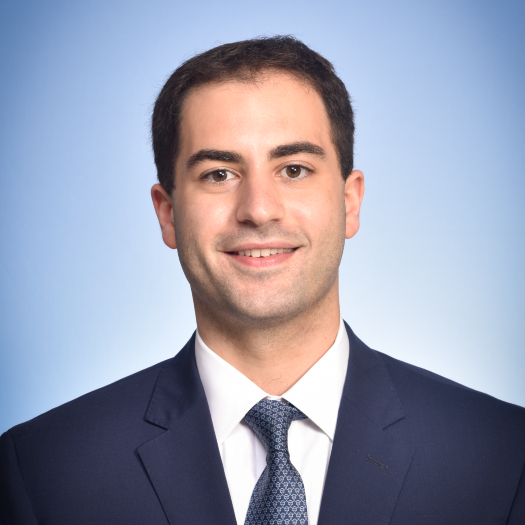Condition
Pediatric Laryngomalacia
What is laryngomalacia?
Laryngomalacia is the most common cause of stridor, or “noisy breathing” in infants. It is a congenital condition although it may not appear until the first several days or weeks of life. Laryngomalacia is caused by redundancy of the tissue above the vocal cords. The redundant tissue collapses inward during inspiration and causes turbulence of the inspired air. The turbulence of the airflow causes stridor.
Stridor is the most common symptom of laryngomalacia. The stridor worsens with agitation and with feeding but typically improves with sleep. Stridor may be the only symptom in mild cases of laryngomalacia. More severe cases also cause difficulty breathing and/or difficulty drinking. Some babies with laryngomalacia stop gaining weight because they cannot keep up with the increased calorie requirements of their labored breathing.
How is laryngomalacia in children diagnosed?
How is laryngomalacia in children treated?
Laryngomalacia is a “self-limited” condition since infants outgrow it, usually by 12 to 18 months of age. Approximately 15% of infants with laryngomalacia have severe enough airway or feeding problems that surgical treatment in indicated. Surgery involves removing a small bit of the collapsing, redundant tissue above the vocal cords. The procedure is called “supraglottoplasty” and should not affect the infant’s voice. Most babies who undergo supraglottoplasty are discharged from the hospital one to two days after the operation and show significant improvement in their breathing and feeding.
Providers Who Treat Laryngomalacia
 Aasha's Rare Gift Will Help Other Babies Grow up Healthy
Aasha's Rare Gift Will Help Other Babies Grow up HealthyTesting the descrption field
Departments that Treat Laryngomalacia

Pediatric Aerodigestive Clinic
Our Aerodigestive Clinic provide specialized care for children with airway problems and feeding disorders.





